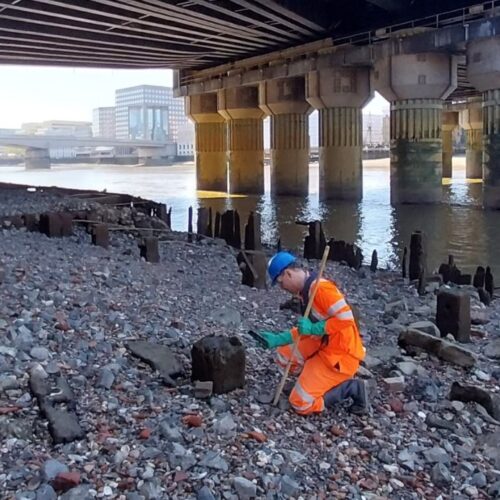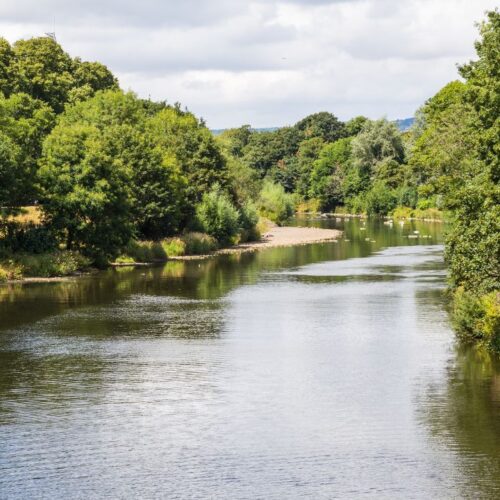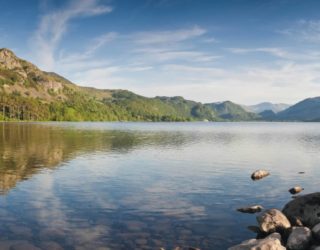Thomson Unicomarine’s specialist benthic laboratory is currently on the lookout for Sabellaria spinulosa. We have been commissioned to analyse samples for a wind farm in the North Sea to determine the presence of these reef building worms.
S. spinulosa is widely distributed and common in UK waters, mainly occurring as individuals. However, they can also occur in high densities forming crusts or reefs on sandy and mixed sediment habitats. These reefs can be made up of thousands of worms, built over months or years and the structural complexity of them allows the development of a highly diverse community. The scarcity and fragility of this habitat has resulted in the identification of S. spinulosa biogenic reef habitat as a priority seabed conservation feature in both international and domestic legislation.
Reefs formed by the ross worm Sabellaria spinulosa are one of the biogenic reef sub-types identified by the European Commission as a habitat in need of protection. Under the EU Habitats Directive member states must designate Special Areas of Conservation (SACs) to support and protect these reefs. When they form reefs, S. spinulosa is also protected as a Biodiversity Action Plan species.
Sabellaria reefs support an elevated biodiversity by providing crevices and attachment surfaces for a variety of marine organisms. They influence faunal communities primarily by enhancing the abundance of species found sporadically in sedimentary habitats.
It is due to this ‘biodiversity value’ that these reefs are monitored and protected. Reefs with a high density of living worms support a higher faunal diversity than an empty reef. This indicates that healthier reefs, that is those which are reproducing and recruiting successfully, are ecologically more important than those which are in a state of decay. This highlights the importance of protecting these habitats from human disturbance.











